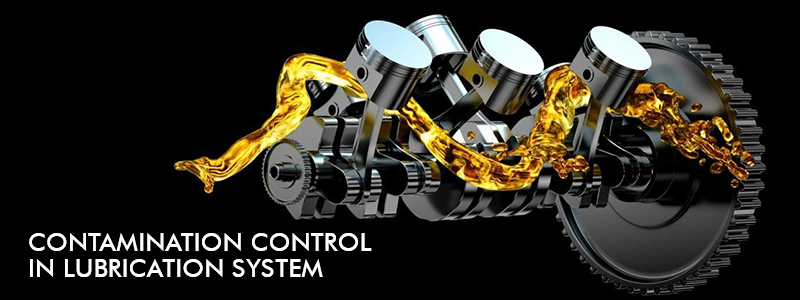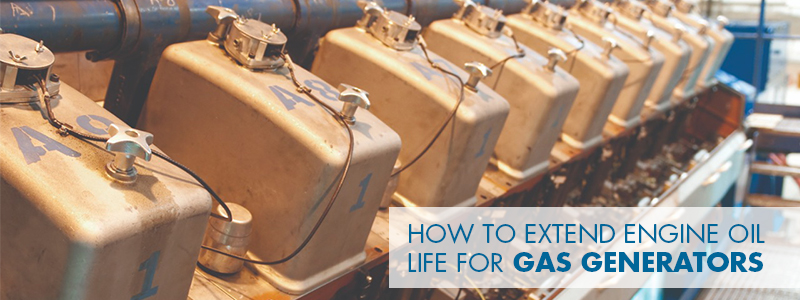
Good Oil Sampling: Do’s & Don’t
August 12, 2021
5 Tips to Reduce Motorcycle Noise | Tips to Make It Quieter
November 7, 2021Every major sustainable market in the world from Power Generation, and Mining to Pulp and Paper, Industrial, and many more, all face some form of contamination in their Oil or Lubricated Systems. The challenge is first understanding the cleanliness requirements with a specific focus on the most critical wear components and second, applying the correct filtration system for the application that reduces contamination and stress on these components extending the normal life cycle up to 5 times. A reliability-based lubrication maintenance strategy requires a well-balanced program of proactive, preventive, predictive, and reactive contamination control measures. Keeping possible contamination sources away from lubricated equipment is the best line of defense against contaminants entering machine parts. It is significantly more difficult and expensive to remove contaminants from the system than it is to modify and protect equipment against contaminant ingression in the first place. contaminant exclusion is aimed at modifying equipment to protect it from water, solid particles, high-temperature environments, chemicals, products, and other contaminants from entering the machine. A few simple techniques into your maintenance schedule can help you stay two steps ahead of equipment failure due to lubrication or filtration contaminants. Here are several proactive measures you can implement to ensure less equipment downtime, fewer wasted man-hours, and increased plant productivity:
Problem Statement
Whether you live in Bangladesh or any other country one thing remains, the ingression of moisture and particulate contamination is unavoidable in any type of equipment or machine that utilizes hydraulic or lube oil. It is significantly easier and at a lower cost to prevent contamination than it is to remove it from a contaminated system. Different applications, conditions, and environments pose a challenge in choosing the correct filtration system for the application, there is no one solution that fits all applications. Water and particulate contamination can cause great strains on these systems including physical and chemical changes in the oil that decreases the effective lubricity and additives properties. This causes premature wear on moving components, lower productivity, and early or consecutive failures. Focus on contamination control can be a powerful and important part of a proactive maintenance strategy.
What is Contamination?
- Dirt & Other Particles
- Water
- Air
- Fuel
- Other Lubricants
- Coolant
- Detergents & Other Chemicals
Sources of Contamination:
- Built-In Contamination from OEM equipment
- Hoses and Pipes
- System maintenance
- Reservoir Design
- Moving Components
There are two ways to deal with contamination in Lubrication System
prevent it or remove it. While in most cases it may be important to do both, and of course to also have in place a comprehensive oil sampling and analysis program to monitor the lubricants’ condition and overall machine health, there is no doubt that removing contaminants is significantly more costly than preventing them, to begin with. As nearly all gearboxes, reservoirs, and storage tanks are designed to breathe, allowing only clean, dry air to enter the system is one of the best measures to prevent contamination. Simply replacing standard breather/filler caps with a desiccant breather immediately reduces and ultimately eliminates moisture and removes particulates down to 3 microns.
Solutions: How to control contamination?
- Set Cleanliness Targets
Target Cleanliness Level should reflect reliability goals and application-specific requirements. - Take Specific Actions to Achieve Targets
Reduce Ingression
Secondary Filtration (Permanent, Mobile, Offline or Online) - Monitor Oil Cleanliness Levels Consistently
Oil Analysis
Particle Monitor
Fluid Patch Test Kit
Solutions: Methods to control contamination
Contamination Exclusion
- Filter new oil
- Use good quality breathers
- Use sound application methods
- Upgrade seals
- Use hydraulic cylinder rod boots
- Utilize non-invasive inspection / sampling methods
- Use sound flushing practice for new or recently serviced equipment
- Practice good parts management
Contamination Removal
- Upgrade system filters
- Permanent off-line filtration
- Portable off-line filtration
- Vacuum dehydration
- Centrifugal separators
- Water absorbing filters
- Air stripping
- Electrostatic / BCA filters
- System flushing
Operator Training
Contamination isn’t always a result of blatant negligence. Operators and maintainers aren’t always aware of the preventative steps they can take to keep systems clean and clear.
Everyone who works with your lubricant systems needs to understand the risks and consequences associated with contamination, along with specific ways to mitigate and correct it.
Proper Lubrication Storage
Make sure your machine lubricants aren’t exposed to contamination before they even enter your mechanism. Don’t rely on generic, loose containers. Keep them in dedicated and color-coded storage and transfer equipment to make sure you’re grabbing the right bottle. Tightly close each container to prevent spills. This keeps your lubricants protected from the elements and prevents cross-contamination.
Lubricant Testing
Before introducing metal lubricants or bulk fluids into your machine, it’s important to first test each one for cleanliness. Make sure they arrive from your industrial lubricants’ supplier in a clean state prior to use on your machinery and verify additive-package formulations.
Check that they pass your in-house tests and meet all required industry codes and specifications. By doing so, you set your systems up for success as early as possible.
Contamination in various forms (Water, Particulate, and Air) are among the highest contributors to failures in these systems and can account for as much as 75-85% of the wear that leads to mechanical failure. Although this is an improvement in recent years as the awareness of proper oil conditioning proves to be effective at extending the useful life of the machine or equipment and increasing productivity to meet current and growing demands, it still requires more dedicated focus, education, and a planned approach.



